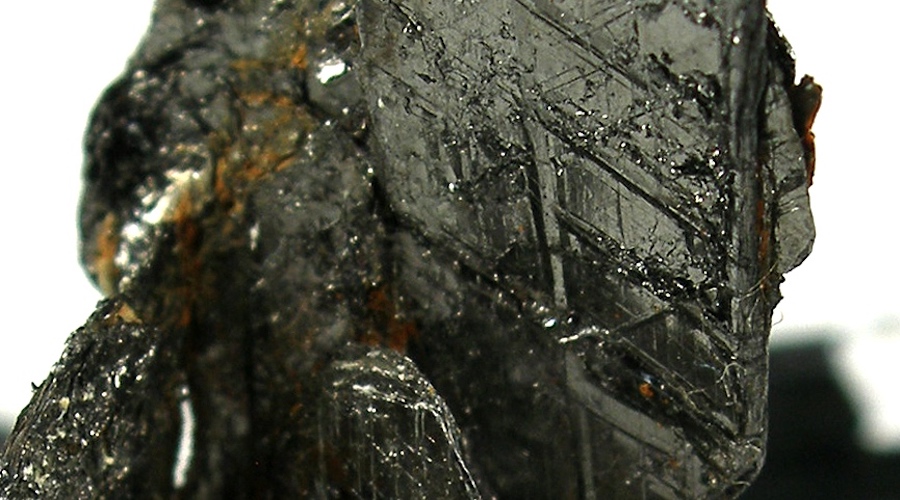
Researchers at the Massachusetts Institute of Technology have metaphorically turned graphite into gold by isolating five ultrathin flakes stacked in a specific order.
In a paper published in the journal Nature Nanotechnology, the scientists explain that the resulting material can be tuned to exhibit three important properties never before seen in natural graphite.
Graphite is composed of graphene, which is a single layer of carbon atoms arranged in hexagons resembling a honeycomb structure. Graphene, in turn, has been the focus of intense research since it was first isolated about 20 years ago. Then about five years ago researchers discovered that stacking individual sheets of graphene and twisting them at a slight angle to each other, can impart new properties to the material, from superconductivity to magnetism. The field of “twistronics” was born.
In the current work, “we discovered interesting properties with no twisting at all,” head researcher Long Ju said in a media statement.
He and colleagues found out that five layers of graphene arranged in a certain order allow the electrons moving around inside the material to talk with each other. This phenomenon, known as electron correlation, “is the magic that makes all of these new properties possible,” Ju said.
Bulk graphite—and even single sheets of graphene—are good electrical conductors, but that’s it. The material Ju and his co-authors isolated, which they call pentalayer rhombohedral stacked graphene, becomes much more than the sum of its parts, even though it is only a few billionths of a meter thick.
Scientists including Ju were looking for multilayer graphene that was stacked in an exact order, known as rhombohedral stacking.
“There are more than 10 possible stacking orders when you go to five layers. Rhombohedral is just one of them,” the scientist said.
A microscope Ju built in 2021, which can quickly and relatively inexpensively determine a variety of important characteristics of a material at the nanoscale, was used to identify and isolate only the pentalayers in the rhombohedral stacking order he and his colleagues were interested in.
From there, the team attached electrodes to a tiny sandwich composed of boron nitride “bread” that protects the delicate “meat” of pentalayer rhombohedral stacked graphene. The electrodes allowed them to tune the system with different voltages, or amounts of electricity. The result: they discovered the emergence of three different phenomena depending on the number of electrons flooding the system.
“We found that the material could be insulating, magnetic, or topological,” Ju said. The latter is somewhat related to both conductors and insulators.
Essentially, a topological material allows the unimpeded movement of electrons around the edges of a material, but not through the middle. The electrons travel in one direction along a “highway” at the edge of the material separated by a median that makes up the center of the material. So the edge of a topological material is a perfect conductor, while the center is an insulator.
“Our work establishes rhombohedral stacked multilayer graphene as a highly tunable platform to study these new possibilities of strongly correlated and topological physics,” Ju and his co-authors concluded.
Comments
Mahmood
I have a minreal like rohudime..how can i identyfiy that is real minreal of rohudime